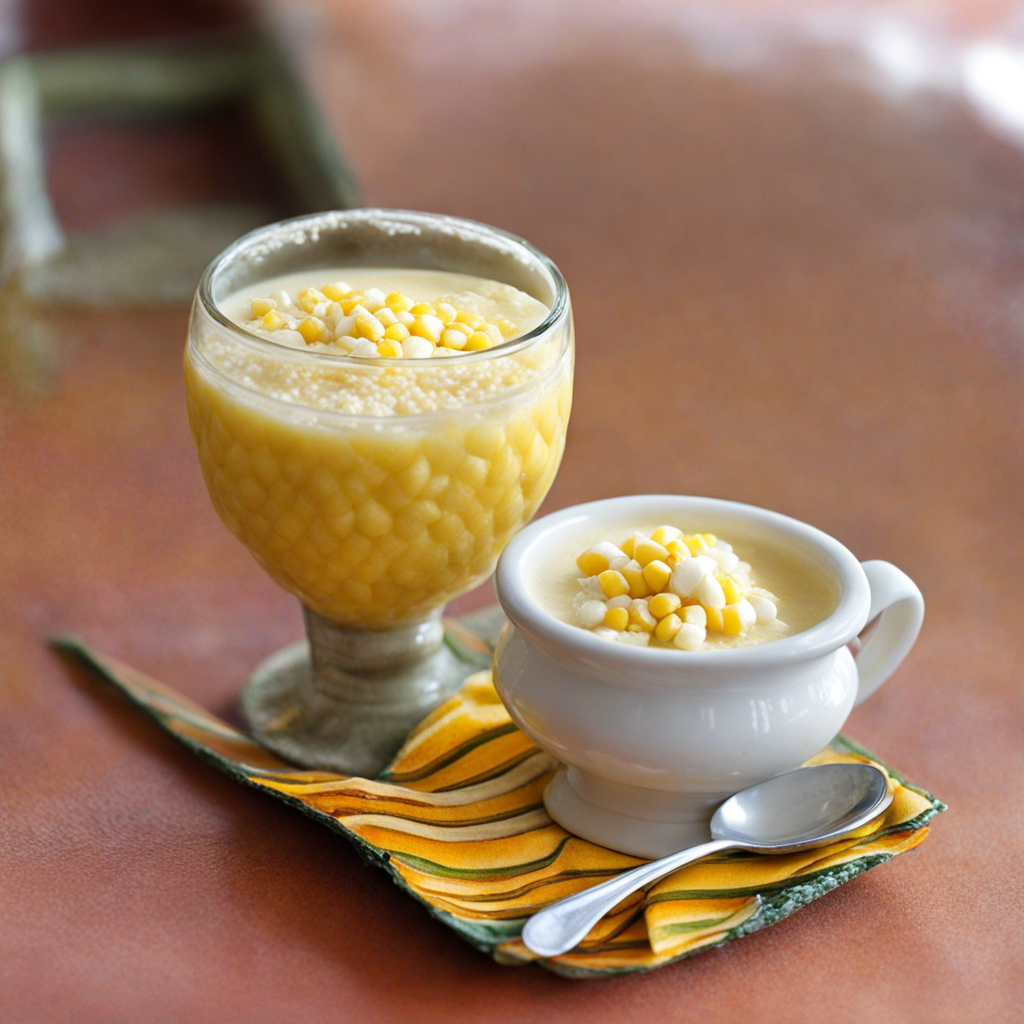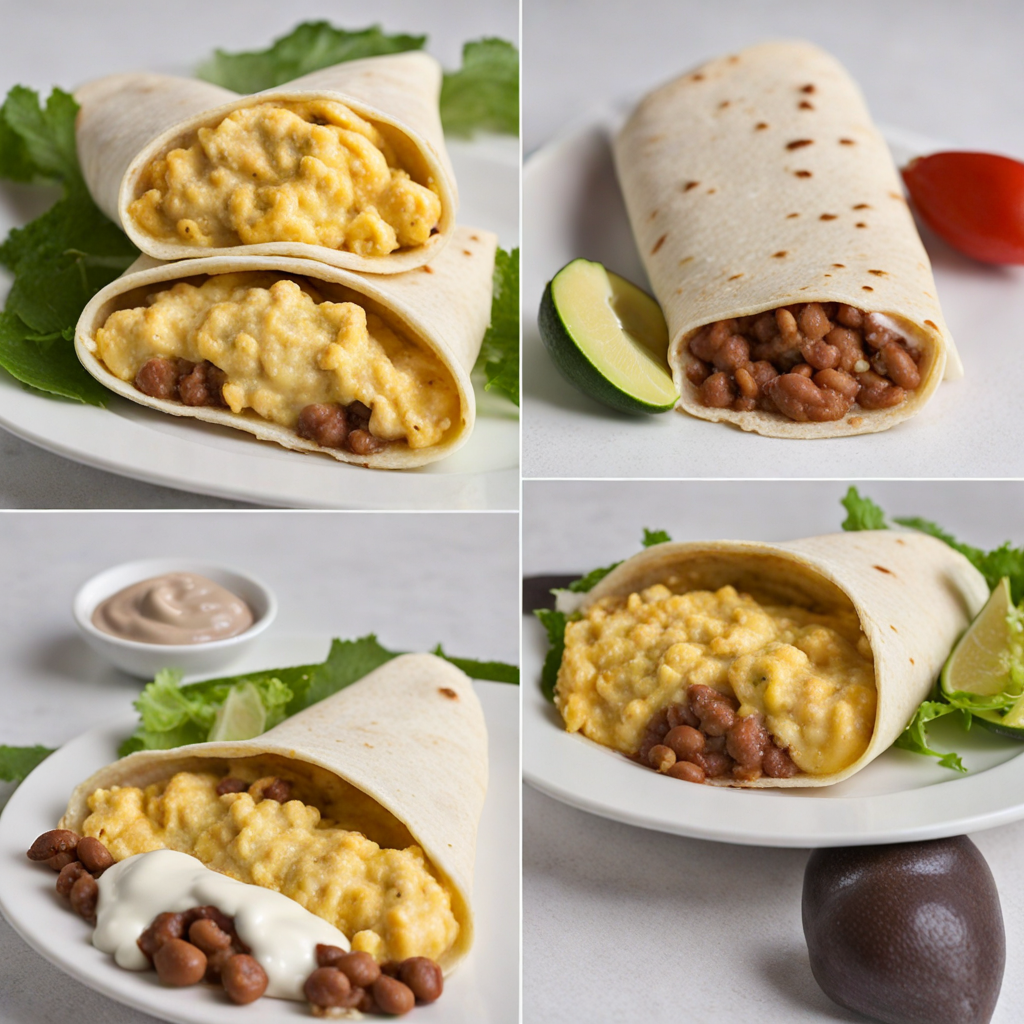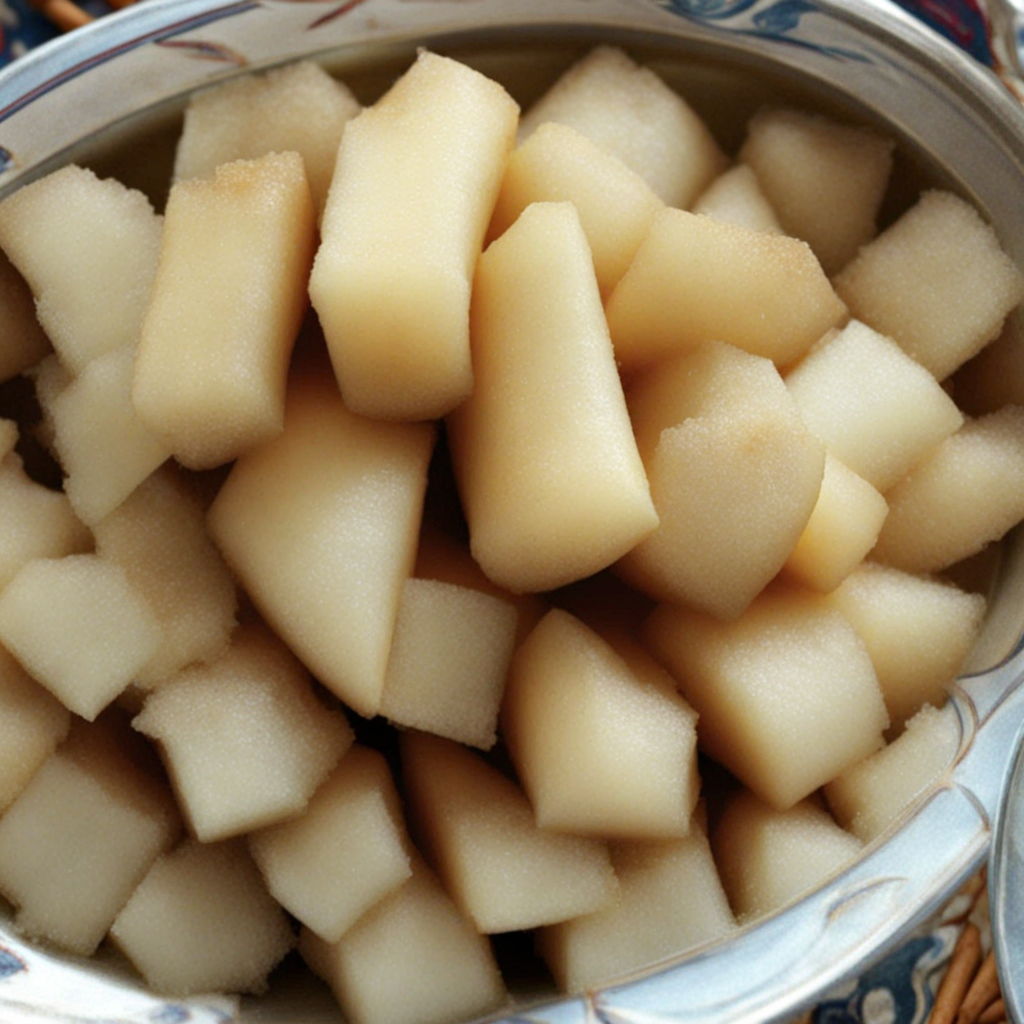Rosquillas
Rosquillas are a delightful traditional snack from Honduras, capturing the essence of Central American flavors in every bite. These small, ring-shaped pastries are typically made from a base of corn flour, which gives them a distinct texture and flavor profile. The dough is often enhanced with ingredients such as cheese, sugar, and sometimes a hint of cinnamon, which adds a lovely warmth and aromatic quality. The result is a slightly sweet and savory treat that balances perfectly with a cup of coffee or hot chocolate, making it a popular choice for breakfast or as an afternoon snack. The preparation of Rosquillas involves shaping the dough into rings and then baking them until they achieve a golden-brown hue. The baking process creates a crispy outer layer while keeping the inside soft and chewy. Some variations may include the addition of anise seeds or other spices, which can elevate the flavor even further. The versatility of Rosquillas allows for experimentation with different ingredients, yet they always maintain that signature taste that is quintessentially Honduran. Enjoying Rosquillas is not just about the flavor; it’s a cultural experience that connects you to the heart of Honduran traditions. Often enjoyed during festive occasions and family gatherings, these treats bring people together, inviting them to share stories and create memories. Whether you’re discovering them at a local market or crafting them in your own kitchen, Rosquillas promise to introduce you to a delicious aspect of Honduran cuisine that is both comforting and satisfying.
How It Became This Dish
The History of Rosquillas: A Taste of Honduras #### Origin and Early History Rosquillas are traditional Honduran pastries, characterized by their delightful ring shape and a unique blend of flavors that encapsulate the essence of Central American cuisine. The term "rosquilla" comes from the Spanish word "rosca," meaning "ring," reflecting the pastry's distinctive circular form. The origins of rosquillas can be traced back to the indigenous peoples of Honduras, who were adept at using local ingredients such as corn and cassava. These early culinary traditions laid the groundwork for the modern interpretation of rosquillas. The indigenous communities, particularly the Lenca and Garífuna, utilized simple ingredients to create various forms of bread and pastries. As Spanish colonizers arrived in the 16th century, they introduced new ingredients, such as wheat flour, sugar, and dairy products. This fusion of indigenous and European culinary practices gave rise to a variety of baked goods, including rosquillas, which began to emerge in the kitchens of rural families throughout the country. #### Cultural Significance Rosquillas hold a special place in Honduran culture, often associated with celebrations, family gatherings, and traditional festivities. They are commonly served during Christmas, weddings, and other significant occasions, embodying the spirit of togetherness and hospitality. The act of baking rosquillas is often a communal effort, bringing families together to share recipes, stories, and laughter. In rural areas, rosquillas are frequently enjoyed with coffee or hot chocolate, making them a popular breakfast or snack option. The simple, yet satisfying flavor and texture of rosquillas make them a beloved treat for both young and old. They are often made in large batches, with families passing down their unique recipes through generations, ensuring that the tradition of making rosquillas continues to thrive. #### Ingredients and Variations The basic ingredients of rosquillas include corn flour, sugar, baking powder, and a source of fat, typically butter or lard. These ingredients create a rich, slightly sweet dough that is shaped into rings and baked until golden brown. However, the variations of rosquillas are as diverse as the regions of Honduras. Some recipes may incorporate anise or vanilla, adding aromatic flavors that enhance the overall taste. In coastal regions, variations of rosquillas may include coconut, reflecting the abundant tropical produce found in those areas. In contrast, in mountainous regions, the addition of cheese is common, lending a savory twist to the sweet base. This adaptability of the recipe speaks to the ingenuity of Honduran cooks, who have embraced local ingredients and flavors to create a dish that resonates with their cultural identities. #### Development Over Time As Honduran society evolved, so did the humble rosquillas. The 20th century marked a significant period for the popularization of this pastry, as urban migration led to the establishment of bakeries and patisseries in cities. The demand for quick and accessible snacks resulted in the commercialization of rosquillas, with many bakeries offering them in various flavors and sizes. This shift allowed more people to enjoy the treat, regardless of their culinary skills or access to traditional methods of preparation. Despite this commercialization, many families still hold onto their ancestral recipes and continue to make rosquillas at home. The art of baking rosquillas remains a cherished tradition, preserved through family gatherings and community events. In this way, rosquillas serve as a bridge between past and present, connecting generations through shared culinary experiences. In recent years, there has been a resurgence of interest in traditional foods as part of a broader movement towards sustainability and local sourcing. Many Hondurans are now seeking to rediscover and celebrate their culinary heritage, leading to a renewed appreciation for rosquillas. This trend has encouraged local farmers to cultivate traditional crops, ensuring that the ingredients for rosquillas remain available for future generations. #### Rosquillas in Modern Culture Today, rosquillas continue to be a symbol of Honduran identity and pride. They are often featured in cultural festivals, food fairs, and culinary competitions, where bakers showcase their skills and creativity. Social media platforms have also played a crucial role in popularizing rosquillas, as food enthusiasts share recipes, photographs, and stories about this beloved pastry. The global diaspora of Hondurans has also contributed to the spread of rosquillas beyond the country's borders, allowing more people to experience and enjoy this delicious treat. In the context of globalization, rosquillas have adapted to modern tastes while still retaining their core identity. Innovative versions have emerged, including gluten-free options and those incorporating unique flavor profiles such as chocolate or spices. These adaptations reflect a broader trend in the culinary world, where traditional foods are reimagined to resonate with contemporary palates. #### Conclusion The story of rosquillas is a testament to the resilience and creativity of Honduran culture. From their indigenous roots to their place in modern society, these pastries embody the rich tapestry of flavors, traditions, and community values that define Honduras. As families continue to gather around the kitchen to bake and share rosquillas, they not only preserve a cherished culinary tradition but also pass down the stories and memories that make these pastries so significant. In a world where food often serves as a means of connection, rosquillas stand out as a symbol of heritage and togetherness, inviting all who taste them to experience a piece of Honduran history. As we savor each bite, we are reminded of the generations that have come before us, the love and labor that go into every batch, and the unbreakable bonds forged through the simple act of sharing food.
You may like
Discover local flavors from Honduras






